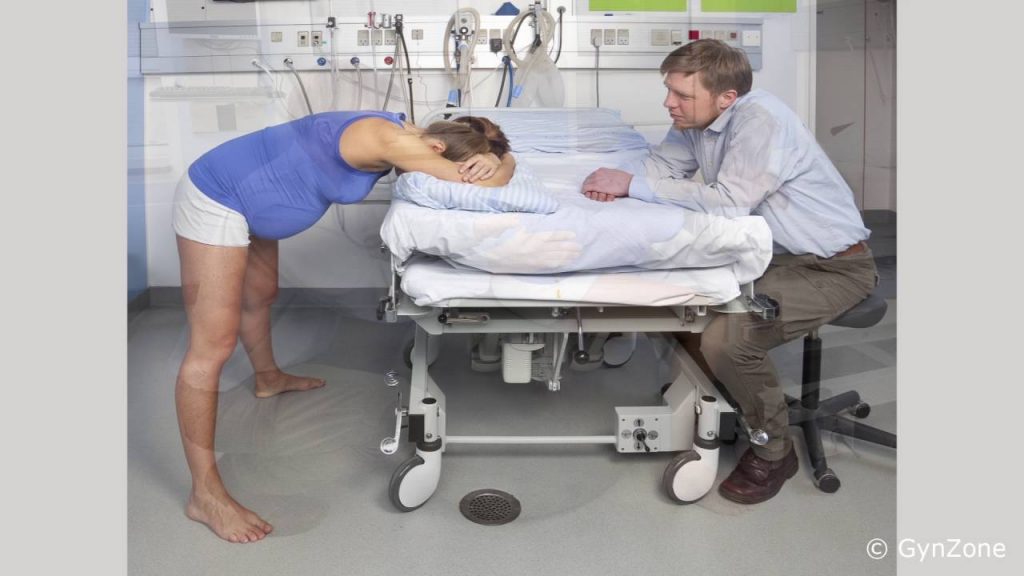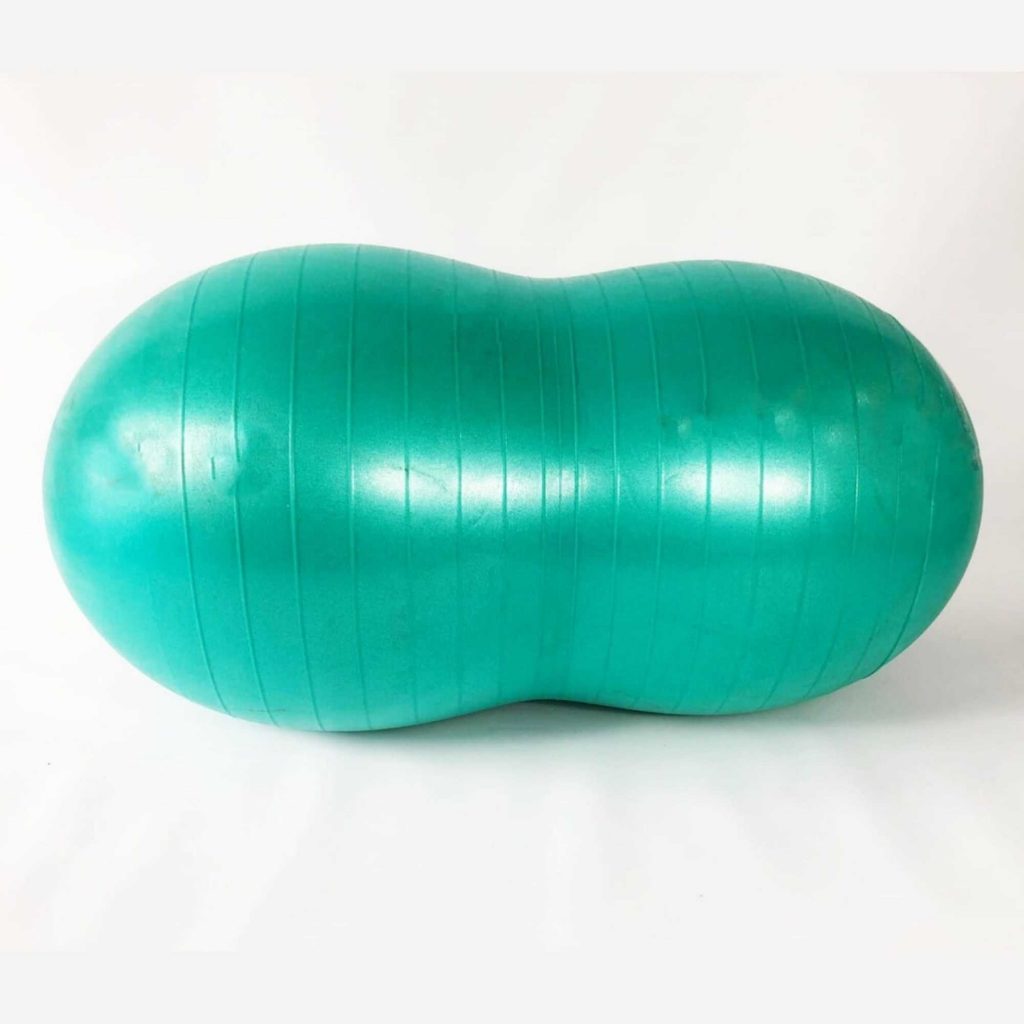Lying on a bed during labour is commonly seen on social media, television and on the big screen. Unfortunately, many people believe this is how it has to be and there is no choice. You do have a choice and it certainly doesn’t have to be this way. Even back in the 17th century, midwife Jane Sharp encouraged women to listen to their bodies and adopt a comfortable position during their labour.
She said “When the patient feels the throws coming, she should walk easily in her chamber and then again lie down, keep herself warm, rest herself and then stir again, till she feels the waters coming down and the womb open. Let her not lie long a bed, yet she may lie sometimes and sleep to strengthen her, and to abate the pain.”
Jane Sharp (1671) The Midwives Book: or the Whole Art of Midwifery Discovered
Historically, many cultures around the world have statues, paintings, symbols and various traditions around childbirth depicting how women were supported by the female members in their community and how they usually adopted upright positions to birth their babies.
What does Active Birth mean?
It’s simply encouraging freedom of movement and giving mothers the opportunity to choose positions that feel right for them. Instinctively, many will choose to adopt more upright, forward and open (UFO) positions. This may include walking/pacing, swaying, circling her hips, squatting, kneeling, lunges, all 4’s and walking up or down the stairs.
Boost your oxytocin!
Smooching and having a slow dance is a fantastic combination as you’ll be in an upright position and those kisses and cuddles will be boosting your oxytocin too! Also remember that the hypnobirthing techniques/light touch massage from your partner that you’ll both learn on my course can still be used whatever position you’re in.

My top tip ~ Don’t wait until you’re in labour to try these positions, I really recommend that you start exploring these positions during your pregnancy. Also try a pregnancy yoga class as you’ll learn lots of positions that are great for labour too.
Why does an active birth help?
Adopting upright positions and being mobile during labour has a number of benefits for both mother and baby. A more active birth will introduce gravity, this encourages the pelvis to be more open, giving the baby an opportunity to get into an optimal position for birth. Being more upright and forward also helps to supply the uterine muscles with a better flow of blood and oxygen. This can make the surges (contractions) more efficient, which in turn may reduce the duration of labour and encourage a spontaneous vaginal birth.
A more active birth can also help our body to naturally produce more endorphins, those ‘feel good hormones’ that help us cope with any discomfort. This will also help avoid the cycle of fear, tension and pain, thus reducing the need for medical forms of pain management; entonox (gas and air), opiates (pethidine, diamorphine, meptid) or an epidural. Being more active may also avoid unnecessary medical intervention enabling you and your baby to have a more positive birth experience and postnatal recovery.
Do you need any equipment to have an active birth?
Not really, but there are many places around your home that will enable you to find comfortable positions to help you remain upright and to easily move your body. A few suggestions are;
- Use your sofa to kneel on and lean over the back for support
- Leaning on the kitchen worktops
- Walking up & down the stairs, sideways may be helpful too
- A birth Ball ~ to sit on or lean over
- The shower ~ soothing warm water
- A chair ~ sit on the wrong way and lean on the back (be careful if you have Pelvic Girdle Pain)

In the Maternity Unit
If there is a bed in the room, you don’t need to get on it but if you do, try not to stay on there for a long time. A bed does have some other uses as you can adjust the height with it’s control pad giving you more options to try.
- Use the high setting to stand and lean on the bed
- The lower setting can be used for you to sit on a ball and lean on the bed
- If you do choose to get on the bed, try kneeling and then lean over the back of it
Your partner and the midwife can help you to find some comfortable positions to help you during the surges and it’s a good idea to rest in between them too.
In the maternity unit, mats for kneeling on the floor and balls are usually available, if you can’t see any, you and your partner can ask for them.
Have you heard of Peanut balls?
I think they’re a great addition for the birth environment as they have lots of uses. Check with your local maternity unit, do they provide them? I have one and if you book on my course, you can try it and see how it feels.





Leave a Comment